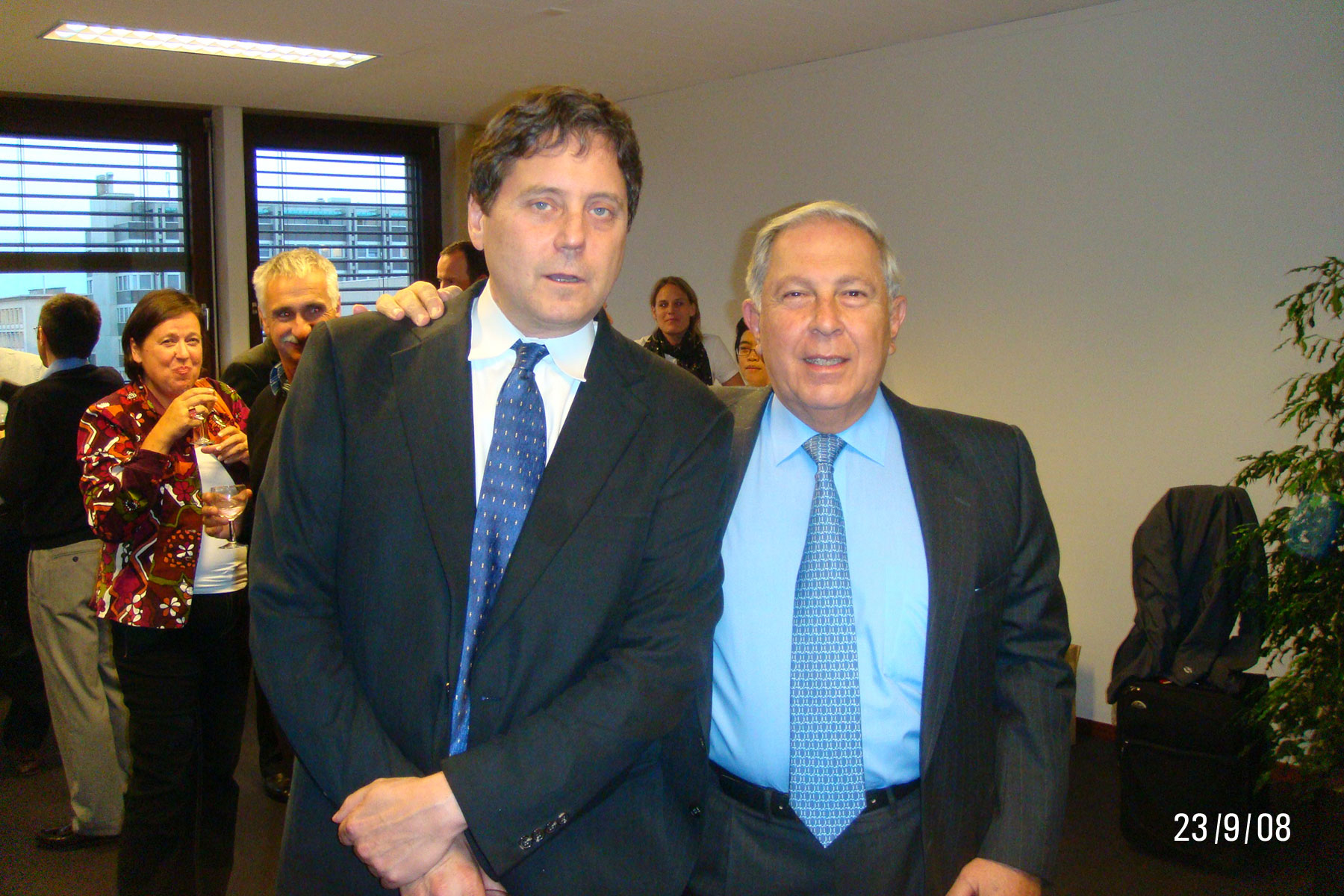Archive for the ‘Medical Technologies’ Category
2nd quarter revenue per employee for 12 big pharma companies
Sunday, August 7th, 2011The chart below presents the 2011 2nd quarter revenue per employee for the 12 largest bio pharmaceutical firms.
The unweighted average was $146,235.86. The median was $135,712. Amgen has the largest ratio of $227,660
in 2nd quarter revenue per employee. (more…)
Notes from Pfizer’s 2010 report to investors
Saturday, August 6th, 2011Pfizer’s 2010 Financial Report for investors covers a number of topics.
Where does Pfizer sell its drugs? The U.S. represented 42.8 percent of Pfizer’s 2010 sales. Western Europe and Scandinavian countries were 24.6 percent. Australia, New Zealand, Canada, Japan, and South Korea were 14.9 percent. Together, these high income countries were 82.3 percent of Pfizer’s 2010 sales.
Pfizer calls the other Asian countries, plus Africa, Latin America, and Eastern Europe, “emerging markets.” This segment had 17.7 percent of Pfizer sales in 2010, up from 14.9 percent in 2008. In 2010, the “emerging markets” were 72 percent of the sales in Western Europe and Scandinavia, and growing at a faster rate. (more…)
The Orphan Drug Tax Credit, from 1998 to 2008
Friday, August 5th, 2011In 1997, the Orphan Drug Tax Credit was made permanent. In 1998, $80.4 million in credits were claimed on tax returns. By 2008, the claimed credits totaled $450.2 million. This represents a compound growth rate of 17 percent per year. Over the eleven year period, the IRS reported total credits of $2.3355 billion. This is not much when you consider that the orphan tax credit covers 50 percent of the cost of qualifying clinical trials. During the period from January 1, 1997 to December 31, 2008, the FDA granted 1163 orphan designations for which the credit applied. In the same period, the FDA gave marketing approval to 183 indications. On a per-approval basis, that works out to 2335.5/183 = $12.8 million per indication that received FDA marketing approval.
It is also useful to note that there were 6.4 indications for each one receiving marketing approval — a useful statistic regarding the hazard rate for orphan products. (more…)
Host country for firms selling cancer drugs as a monopoly
Thursday, August 4th, 2011Today Paul Miano published this report: Cancer: Approval, ownership, market structure, and placement on WHO Model Essential Medicines List, for 100 new molecular entities (NMEs) on the NCI alpha list of cancer drugs and vaccines, KEI Research Note 2011:1.
One of the findings of the report: ownership of cancer drugs sold as a monopoly is concentrated in six countries. And, 85 percent of patented cancer drugs are owned by firms from the US, the UK and Switzerland. (more…)
NIH funded grants and patents for selected diseases or technologies
Wednesday, June 29th, 2011(Update: Note that the NIH Report database key word searches report grants, and some patents are associated with more than one grant. This is true for all search terms listed below.
As part of a larger research project involving the role of government funded research, I was doing some counts of grants and patents associated with those grants, using the NIH RePort database.
The counts reported below are from searches on June 29, 2011.
Not surprisingly, if you have a disease, there are advantages to having one with a large patient population, and at least equal prevalence in high income countries.
I have also calculated the ratio of the patents to the number of grants, expressed below as a percent, in parenthesis after the number of patents. The unweighted mean and median were 4.8 and 4.1 percent, with a range of 0 to 12.3 percent, and a standard deviation of 2.77 percent. The tendency for grant recipients to obtain patents does not seem to differ much between Type I, II or III diseases — a classification used by the World Health Organization to indicate how the global incidence of the disease relates to national incomes. (more…)
